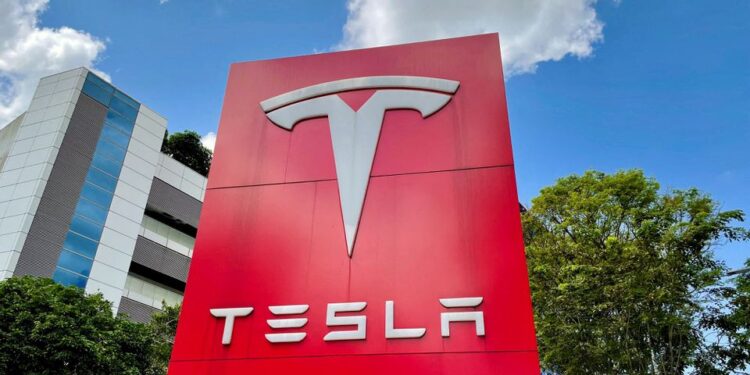Tesla’s first-quarter earnings report for 2025 paints a stark picture of a company caught in the crosswinds of market contraction, reputational strain, and executive distraction. Yet, amid the turbulence, Elon Musk’s electric empire is signaling a course correction—rooted in affordability, innovation, and a scaling back of its CEO’s controversial extracurricular roles.
A financial setback of rare magnitude
The top line is as sobering as it is historic: Tesla’s net income fell 71% year-over-year to $409 million. Revenue contracted 9% to $19.3 billion, sharply missing Wall Street’s $21.45 billion estimate. Operating margins—once a point of pride—dropped to 5.5%, while automotive gross margins shrank to 18.5%, down nearly three percentage points from a year ago.
Vehicle deliveries declined 13% year-over-year, totalling 336,681 units versus expectations of 390,000+. Particularly disappointing were Cybertruck numbers, which dropped 46% quarter-on-quarter to just under 13,000 vehicles delivered.
Demand deterioration and production lags
Tesla’s vehicle production also lagged, with just over 362,000 units produced in Q1 against expectations of more than 412,000. Supply chain constraints and cooling consumer sentiment played a role, but analysts now point to a deeper reputational fracture. Estimates from BILD suggest a permanent demand drop of 15–20%, attributed to growing unease over Musk’s political entanglements.
Musk steps back from Washington
In a surprising but calculated announcement, Musk said he would begin to reduce his role at the U.S. Department of Government Efficiency (DOGE) in May. The move comes after mounting criticism that his dual identity as CEO and federal advisor was damaging investor confidence and Tesla’s public image.
His acknowledgement of this reputational liability—and promise to refocus on Tesla’s core mission—may calm some investor concerns. Still, shareholders remain wary, with some calling for clearer corporate governance and a more stable leadership structure.
Innovation, affordability, and the robotaxi gambit
If Q1 was a nadir, Tesla’s recovery narrative begins with a renewed focus on affordability. The company confirmed it is on track to launch a new, lower-cost EV model by mid-2025—an essential step toward regaining market share.
More immediately, Tesla announced it will launch its long-anticipated robotaxi service in Austin this June. Analysts view this as a bold but risky bet: Success would dramatically expand the company’s revenue model; failure could further erode confidence.
Additionally, Tesla is localising its supply chains to weather the shifting geopolitical and trade environments, particularly amid rising tariffs and regulatory scrutiny.
A paradoxical market reaction
Despite the disappointing financials, Tesla’s stock rose 5% in after-hours trading—a sign that markets are banking on the company’s forward-looking promises and not just its trailing numbers. The optimism, though tentative, hinges on execution.
The road ahead
Tesla’s Q1 2025 report is more than a snapshot of a troubled quarter—it is a critical inflexion point. With declining margins, weakened demand, and a distracted CEO, the company faced a rare convergence of headwinds. But through renewed focus on affordability, scalable innovation, and a recalibrated public image, Tesla has outlined a potential path to redemption.
Whether that path leads to renewed dominance or further drift remains uncertain. What is clear, however, is that Tesla’s future may hinge not just on its factories, but on its ability to re-earn the trust of its customers, investors, and regulators alike.
R.E.F.H. newshub-finance
Sources:











Recent Comments